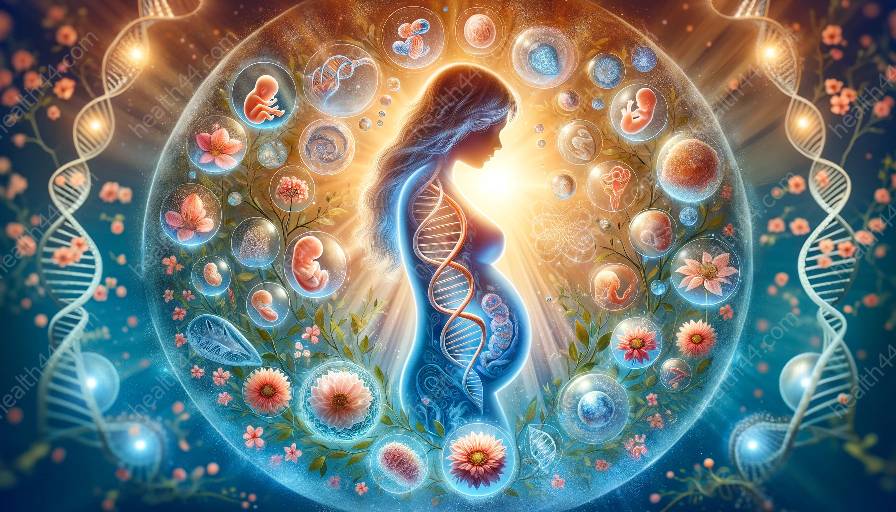Implantation is a crucial step in the process of fetal development and pregnancy. It involves the attachment of the embryo to the wall of the uterus, allowing for the transfer of nutrients and waste products between the mother and the developing fetus. Understanding the intricate process of implantation is essential for comprehending the early stages of pregnancy.
Overview of Implantation
Implantation typically occurs around 6 to 10 days after ovulation, marking the beginning of pregnancy. After fertilization, the newly formed zygote undergoes several cell divisions, forming a blastocyst. The blastocyst consists of an outer layer of cells, known as the trophoblast, and an inner cell mass that will develop into the embryo.
As the blastocyst travels through the fallopian tube, it continues to grow and divide. When it reaches the uterus, it must undergo the complex process of implantation to establish a connection with the maternal blood supply, ensuring the nourishment and growth of the developing fetus.
Step-by-Step Process
The process of implantation can be divided into several key steps:
- Apposition: The blastocyst begins to contact the endometrial lining of the uterus.
- Adhesion: The trophoblast cells of the blastocyst adhere to the endometrial cells.
- Invasion: The trophoblast cells penetrate the endometrial lining, enabling the establishment of blood vessels and connections for nutrient exchange.
- Decidua Formation: The endometrial tissue undergoes changes to support implantation and placentation, forming the decidua.
Significance of Implantation
Implantation marks the beginning of a close relationship between the mother and the developing fetus. Once the embryo is successfully implanted in the uterus, it sets the stage for further fetal development and the formation of the placenta, which plays a crucial role in providing essential nutrients and oxygen to the growing fetus. Without successful implantation, pregnancy cannot continue, resulting in the shedding of the uterine lining during menstruation.
Implantation and Fetal Development
Understanding the process of implantation is closely tied to fetal development. A successful implantation ensures that the fetus can receive the necessary nutrients and oxygen from the mother's blood supply, allowing for continued growth and development. Additionally, the establishment of the placenta during implantation serves as the primary site for hormone production, supporting the pregnancy and the well-being of the mother and fetus.
Throughout the remainder of pregnancy, the placenta continues to play a crucial role in supporting fetal growth and development. As the fetus grows, it relies on a constant flow of nutrients and oxygen from the mother through the placenta and umbilical cord, all of which trace back to the initial process of implantation.
Conclusion
Implantation in the uterus is a pivotal event in the early stages of pregnancy and fetal development. Understanding the complex process of implantation, from apposition to the formation of the decidua, provides insight into the essential connection established between the mother and the developing fetus. This process sets the stage for the subsequent stages of pregnancy, highlighting its significance in sustaining fetal growth and development.


